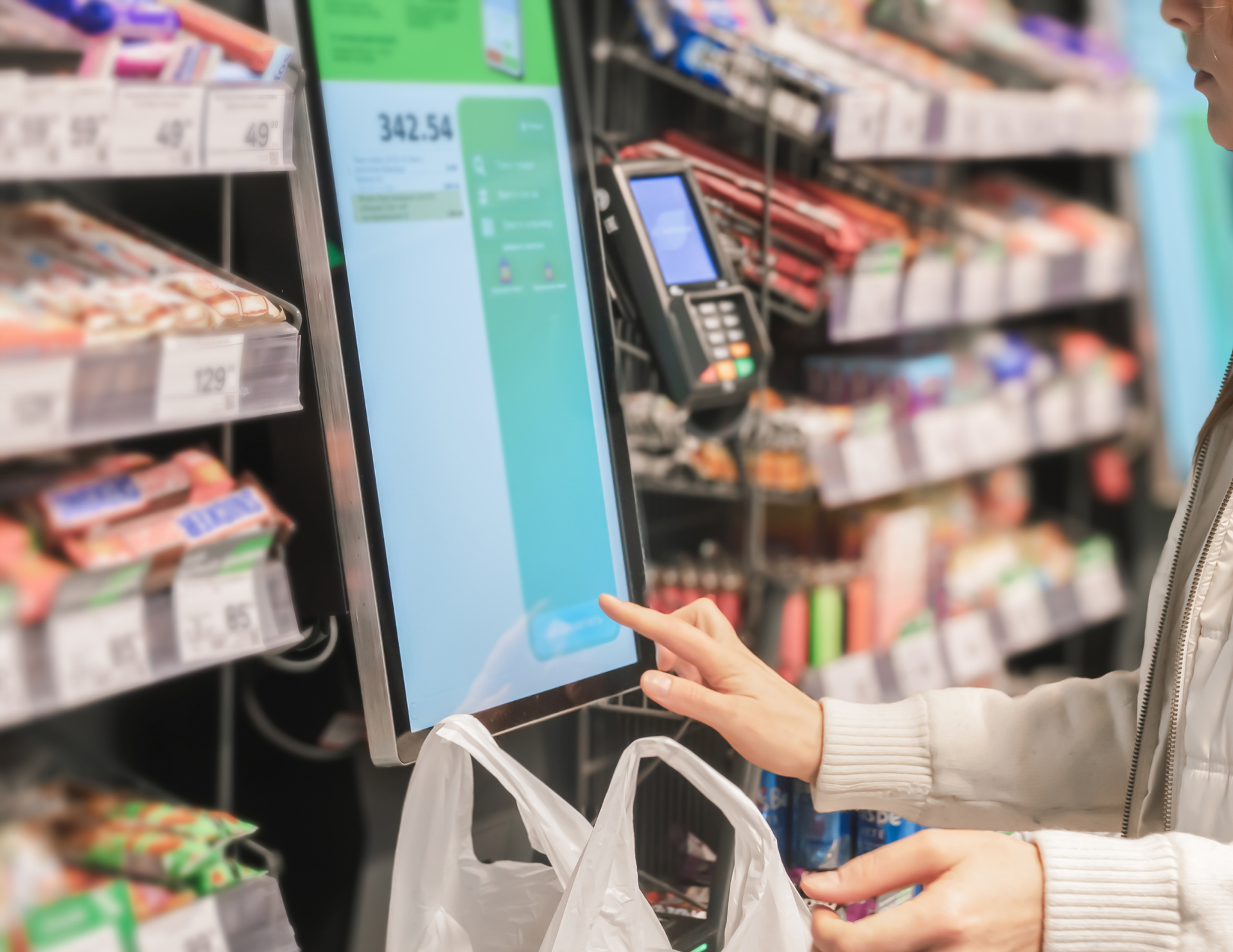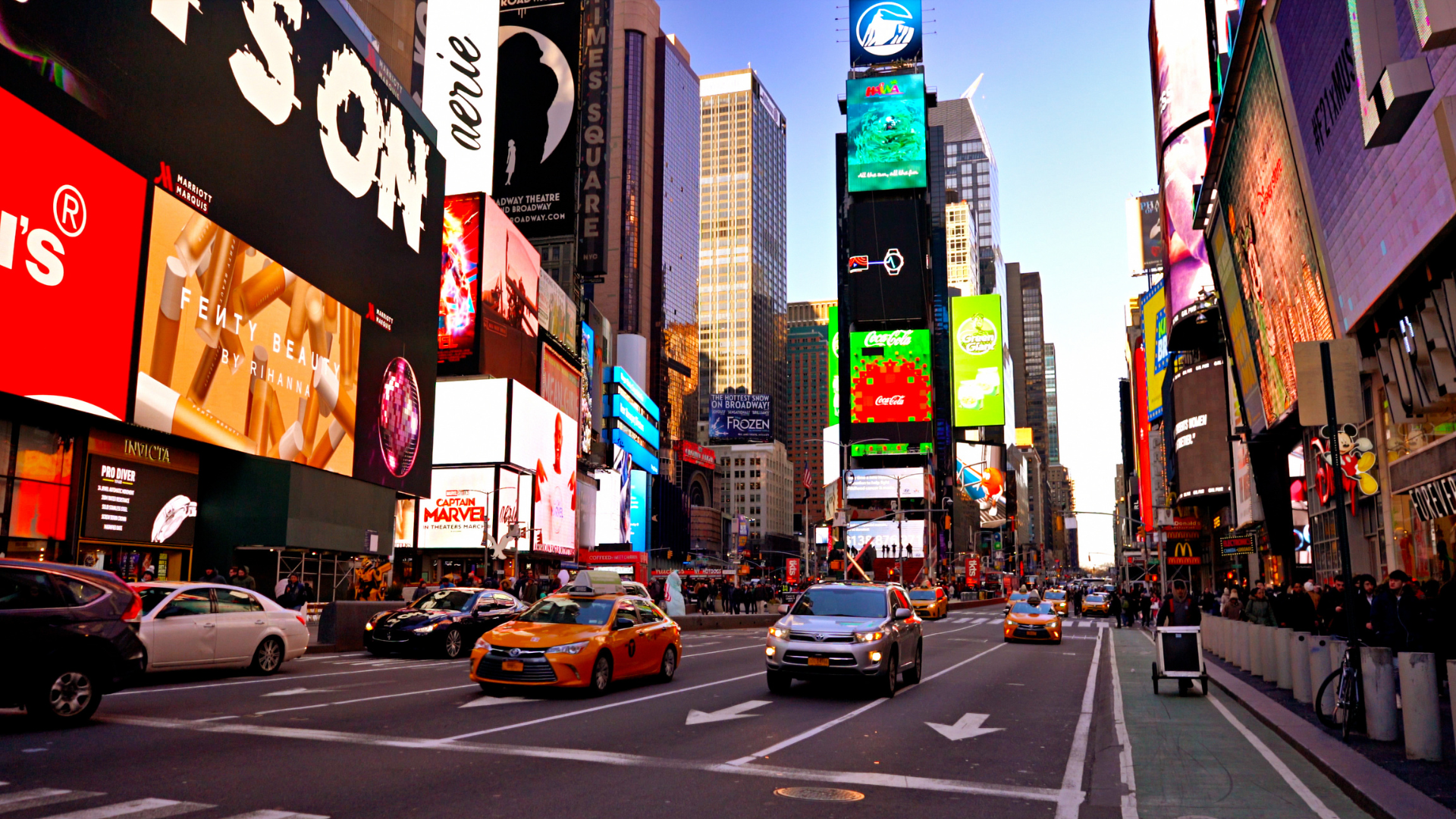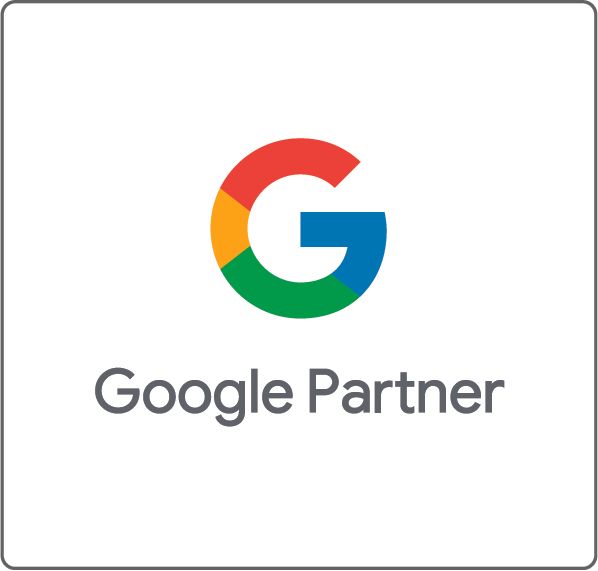Social Media Wins the Big Game
The Big Game has become the most watched television broadcast in the U.S. with around 110-115 million viewers. It’s no surprise that companies are willing to pay the $5 million price tag for TV commercials during the game. However, these $5 million traditional commercials aren’t enough anymore in today’s digital world. Most of these campaigns include a Social Media component that is launched weeks before the big game.
Engaging consumers on various social media channels is an essential part of many Big Game campaigns. One of the most successful and recurring campaigns that aired during the Big Game, was Doritos’ “Crash the Super Bowl” Campaigns. Consumers were invited to create their own Doritos ads and each year, at least one fan-made commercial was guaranteed to air during the Big Game.
Along with the ad being shown to over 100 million viewers, the fans received a monetary prize and the possibility of signing a deal with Warner Bros. and DC Entertainment. Over 36,000 ads were entered into contest from 2006-2016. Although Frito-Lay decided to end this contest last year, the campaign demonstrated how crucial an online presence is for their ads. The video entries were shared on various social media channels and garnered votes for months in advance of the game. The hype created by the constant publicity and notoriety of the campaign had viewers looking forward to the commercial and seeing who won. The amount of customer interaction during the “Crash the Super Bowl” campaign is what advertisers dream of, as it develops a more personal relationship with their audiences.
Success in the Big Game Ad arena doesn’t necessarily mean you need a large marketing budget. Even though commercials that feature a Hashtag or call-to-action through social media do very well; companies that solely use social media during the game also have large success. That being said, being successful on social platforms around the Big Game takes some planning. Thoughtful development of reactionary content based on different in-game scenarios like a turnover, missed field goal, or a crazy play can take your content to the next level. You can have your social media team on standby in ‘war rooms,’ waiting to post live during the game. One of the most popular and most recent instances of successful use of social media was during the 2013 game when a blackout occurred and Oreo tweeted “Power out? No problem” with an image of an Oreo in the dark and a quote stating, “You can still dunk in the dark.” The tweet racked up around 16,000 retweets and was talked about for weeks after the game. Posting on-the-fly messages reacting to the live game has many challenges but can be highly rewarding. Another example of live posting was JCPenney in 2014 when they ran their “Drunk Tweets” campaign during the Big Game. They purposely made spelling mistakes and many other grammatical errors in their tweets throughout the game.
JCPenney received 25 times its average mentions throughout social media due to this campaign which was way more than the 6.2 average of other company’s campaigns, including those with a pricey commercial. JCPenney was also involved with Brand-on-Brand tweets. Many companies like Doritos called out JCPenney’s drunk tweets saying “Slow down, @JCPenney. Have some #Doritos.” Although both companies had their own marketing tactics for the game, piggy-backing on these campaigns gained even more attention. For example, LG Electronics tweeted @Budweiser saying “We think we have something of yours (and he’s never looked better.)” The image attached to the tweet featured a Budweiser puppy on one of their OLED TV’s. This is just another way to garner some social media presence. Twitter is clearly the king of live reactions, but don’t be surprised to see Facebook, Instagram and Snapchat become more popular this year as they have all recently bolstered their live capabilities.
This year we will see a wide variety of advertisements and I look forward to seeing the how all the social media channels are utilized. Grab your favorite snack, sit back, relax, and enjoy the media extravaganza that is the Big Game.
Never miss an update from “The Shoppe,” sign up for our email list today!
Subscribe
Sign up with your email address to receive news and updates.
Subscribe
We respect your privacy.
















